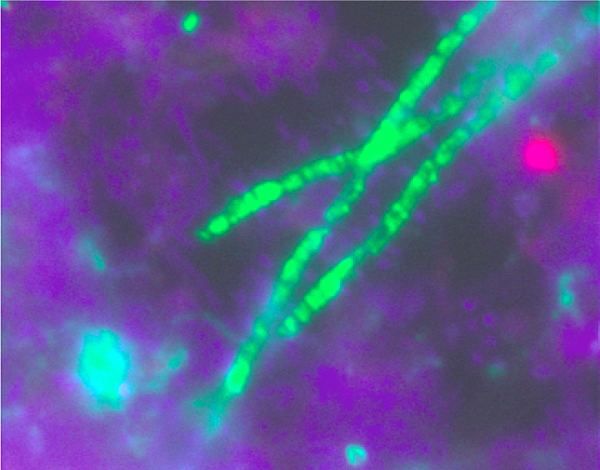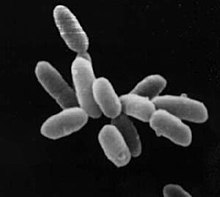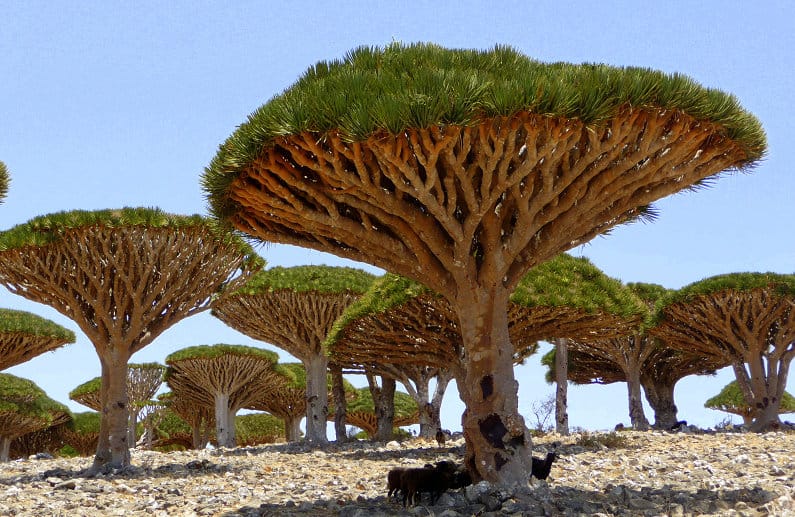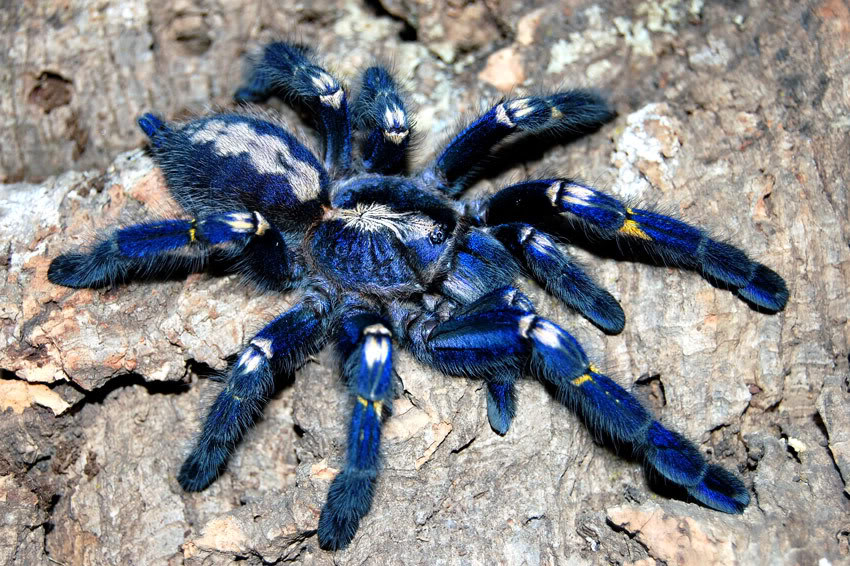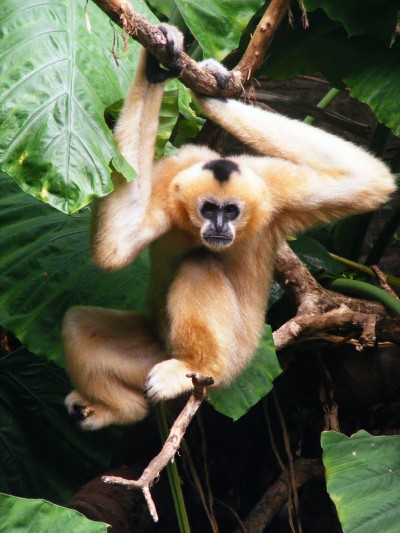The discovery of DNA proves that Darwin’s theory of evolution was correct because we are able to look at how completely different animals have the same genes but different switches. Darwin believed that every living thing evolved from the same common ancestor; however, I disagree with parts of his theory. I agree that animals evolve but I disagree that every living organism evolved from the same common ancestor. When Darwin went to the Galapagos Islands he discovered that the finches and turtles on each of the islands were different from one another. The finches had bigger beaks, and the turtles shells were different shapes and colours. The reason for this was to fill the different niches.
The finches all evolved from the same species. Down below you will see the different types of finches. On one island you have a bird with a big and thick beak. The finch with the thick beak probably ate more nuts or other foods that it had to break open; hence the big, strong beak. While another finch may have had a smaller beak but still was strong so they may have eaten some nuts but also maybe insects. A third finch may have had a really small beak; therefore, they may have eaten just insects. Finally, another bird may have had a really small but narrow beak, they may have eaten nectar from a flower or bugs in trees; as a result, they developed a longer beak to fit in small holes. The turtles, same sort of thing with the finches. They evolved from the same tortoise, but over time at different islands they evolved and changed their shells. One may have needed a more dome shaped shell for protection against predators, while another may have certain colours for a specific reason such as mating, or blending in to hide from predators. The reason for these changes were just mutation and switches in DNA either turning on or off DNA sections, not the actual DNA changing. This part I agree with Darwin on.

Another example of evolution is the Tiktaalik, or Tiktaalik roseae, which is a fish that went extinct. This fish was like any other except the fins were different. Its fin had the bone structure of a forearm. Now a fish that may be related to the Tiktaalik but is still alive is the Paddlefish, or Polyodon spathula. The paddlefish’s fin is more like an actual fin but still shows the same bone structure as a forearm. The two are related because of the Hox genes, which is what caused the steps in changing a fish fin to be built like a human forearm. You can see the Tiktaaliks fin down below.

This helped give scientists the impression that humans and other four-legged animals came from fish, but this is where my disbelief comes in. For me its too much of an assumption, because we haven’t actually seen humans evolve from fish. To me it’s easier to believe that one of every kind, kind being a very important word, and those kinds evolved into different species. Than to believe that all animals of this earth evolved from the same single-celled organism. Both beliefs has assumptions that are made, but from what I know and videos of atheists and Christians debating there are less assumptions for Christianity. Although, that’s just my opinion and belief.
https://www.pbs.org/wgbh/nova/evolution/darwin-never-knew.html
https://www.fws.gov/fisheries/fishmigration/american_paddlefish.html


